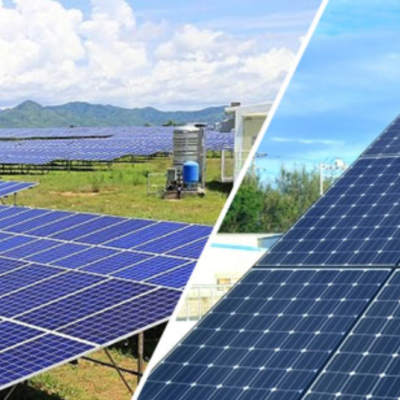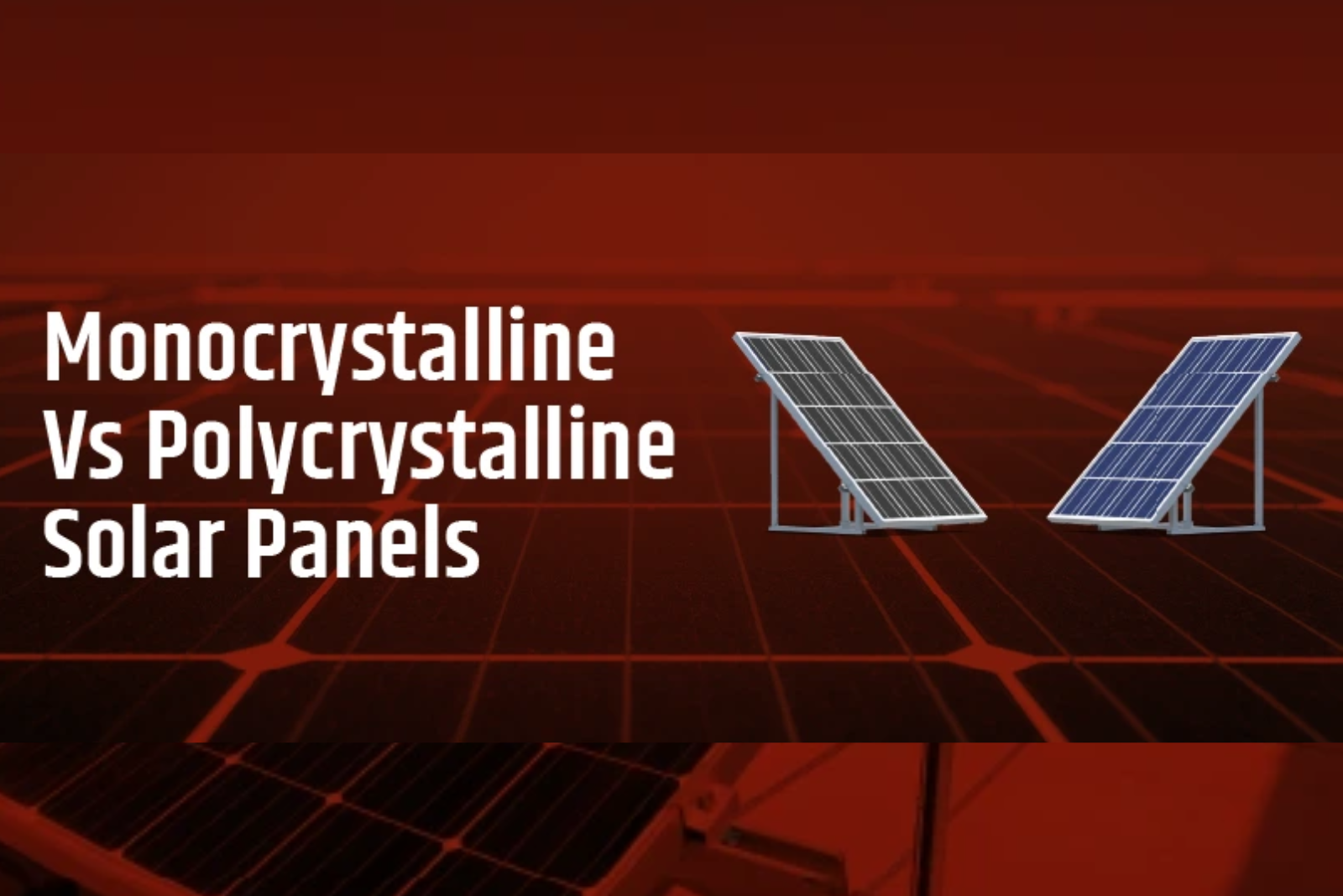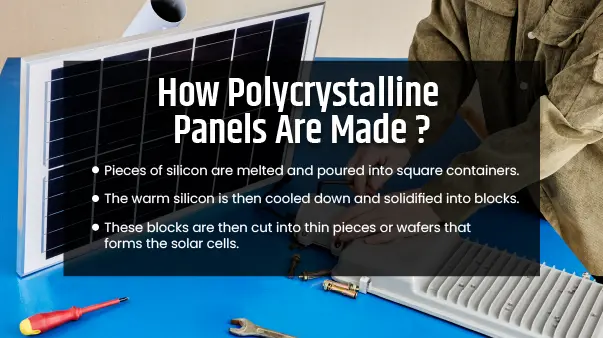
Monocrystalline Vs Polycrystalline Solar Panels
- Home
- Blogs
Popular Posts
- All Posts
- Blog




Power Your Future with KLK Ventures Pvt. Ltd.
Delivering reliable solar solutions for a sustainable tomorrow. Switch to clean energy and save with us today.

As years go by, the use of solar panels increases, and for good reasons. People mainly use either monocrystalline or polycrystalline solar panels. While both monocrystiline and polycrystalline solar panels are capable of producing renewable energy, they operate differently and differ in terms of efficiency, cost, installation and performance.
To reach the best option for yourself, you need to consider how much energy you use, as well as how much are you willing to spend. Each type has been analyzed and their listing features have been added, enabling informed decisions to be made faster.
What Are Monocrystalline Solar Panels?
There are two types of solar panels referred to as monocrystalline solar panels. Single silicon crystal solar panels. Fundamentally these types of solar panels are black in color. Monocrystalline panels top the charts in terms of solar panel efficiency rating and also top the charts in durability.
High Efficiency – Due to extended amounts of electricity they convert, ranging from 15-22%, monocrystalline panels require limited space, making them the efficient choice.
Durability – These panels perform best during high temperatures when the available lighting is low.
Modern Design – Monocrystalline panels provide an intelligent look and their black uniform design makes them suitable for almost all roofs.
Polycrystalline panels are cheaper, as melting small pieces of silicon together forms these solar panels, giving them an ungainly blue appearance. Monocrystalline panels will always be more expensive than the rest, but their technology is far superior, allowing them to last 25–30 years. These panels are ideal for those who have high energy requirements but limited space.
What Are Polycrystalline Solar Panels?
Lower Cost: The production process of these panels is far easier and cheaper compared to others.
Moderate Efficiency: These panels convert more than 13% up to 18% of sunlight into electricity, making them ideal for regions that get sunlight throughout the day.
Eco-Friendly: The making of these panels creates less waste compared to other panels making them more environmentally friendly.
These panels give budget buyers preference as they still offer consistent performance, but at a much lower price. Polycrystalline panels work best for large scale projects where space is not an issue.
Differences Between Monocrystalline and Polycrystalline Panels

Efficiency:
– Monocrystalline: Best for smaller places. Higher efficiency (15-22%).
– Polycrystalline: Best for larger places. Moderate efficiency (13-18%).
Cost:
– Monocrystalline: Advanced production leads to expensive panels.
– Polycrystalline: Cheaper and available to everyone.
Appearance:
– Monocrystalline: Non-uniform textured Bluish.
– Polycrystalline: Polished and solid black.
Performance:
– Monocrystalline: Works excellently when there is limited illumination and extremely hot.
– Polycrystalline: Only useful where there is a lot of sunlight.
Durability:
There is no difference in the life expectancy of both types of panels ranging between 25-30 years. Although performance may remain higher for monocrystalline panels.
How to select the appropriate Solar Panel?
Choose Monocrystalline Panels If:
• Are dealing with a small roof space and require a very efficient solar panel.
• Wish to have a modern finish to your solar installation.
• Are looking to spend more money in the beginning for maximum returns later on.
Go For Polycrystalline Panels If:
• Have plenty of yard space for installation.
• Want a very cheap alternative?
• Are most sensitive to a budget?
Though both alternatives are effective for clean energy, one becomes more practical than the other based on your situation. The details on the functionality of these two alternatives will assist you in the decision you will have to make.
